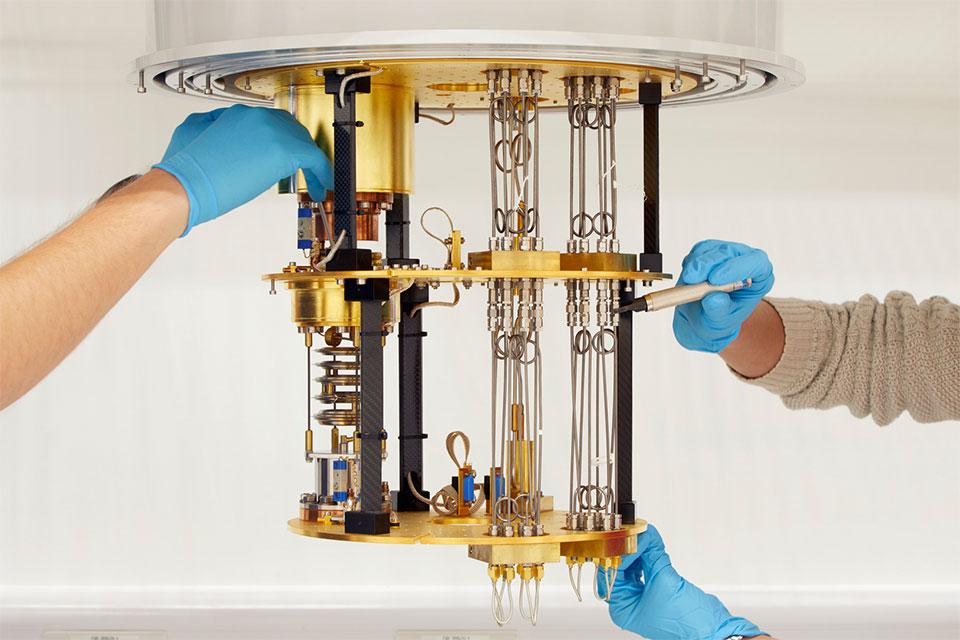Clarendon Laboratory, Department of Physics, University of Oxford, Parks Road, Oxford, OX1 3PU
Jan Suffczynski, Institute of Experimental Physics, University of Warsaw
Optical microcavities embedding quantum emitters provide a highly attractive system for studies of linear and non-linear phenomena in semiconductors, as well as for a wide range of applications in optoelectronics.
Here, a series of II-VI semiconductor structures comprising two planar microcavities coupled through a semitransparent Bragg mirror, embedding quantum wells (QW), is designed, epitaxially grown, and studied. The doping of the QWs with manganese ions enhances the Zeeman splitting of QW-confined excitons enabling an efficient tuning of their energy. The structures provide an access to a range of exciton-polariton related phenomena, remaining unaddressable with a typically studied non-magnetic, single microcavity.
In the first part of my talk, I will show hybridisation of distant QW-confined excitons resulting from their strong coupling to an optical mode delocalised over two microcavities. Hybridisation enables a transfer of exciton density between distant QWs over an unprecedented distance of above 2 μm.[1] The direction of the transfer is controllable with the magnetic field.[1,2]
Next, I will show such non-linear phenomena in coupled microcavities as Bose-Einstein condensation and energy degenerate parametric scattering of exciton-polaritons.[3,4] The open-dissipative Gross–Pitaevskii equation-based model gives an insight into the processes governing the observed polariton dynamics.
[1] M. Sciesiek,…, JS, Communications Materials 1, 78 (2020).
[2] T. Fas,…, JS, The Journal of Physical Chemistry Letters 12, 7619 (2021).
[3] K. Sawicki,…, JS, Communications Physics 2, 38 (2019).
[4] K. Sawicki,…, JS, Nanophotonics 10(9), 2421 (2021).

